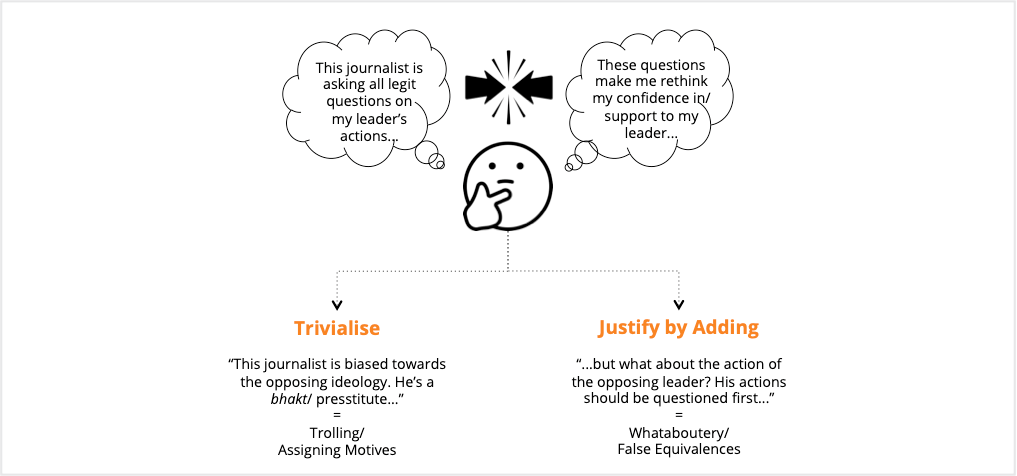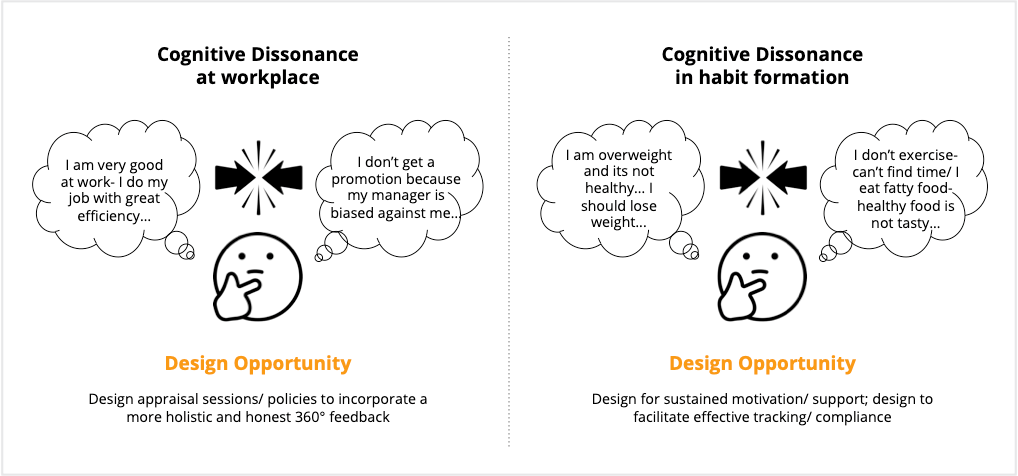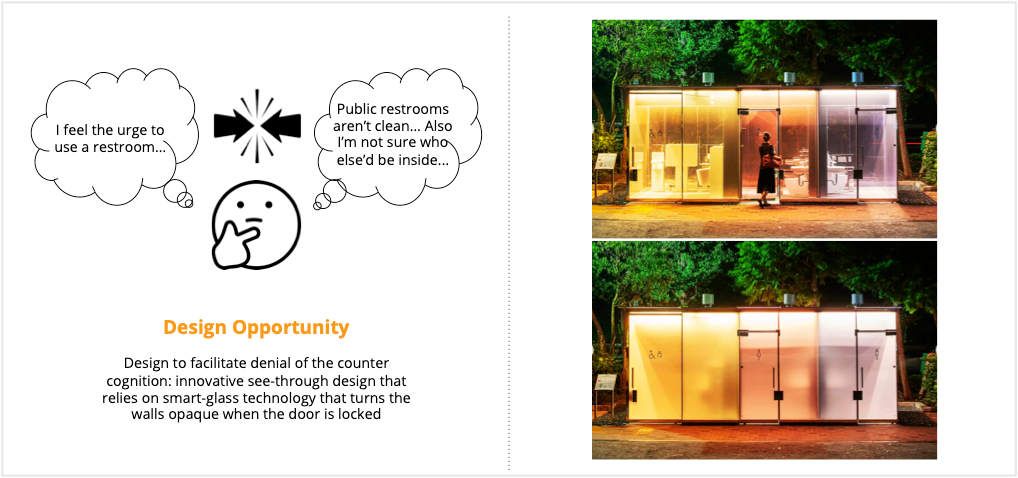Why don’t we hear a warning bell whenever we are about to make a serious error?

Muller-Lyer illusion is when you see lines with arrows pointing in different directions, and most often make a mistake of judging which one is longer. Caution is you should not trust your impressions of length.
Unfortunately, this sensible procedure is least likely to be applied when it is needed the most. We would all like to have a warning bell that rings loudly whenever we are about to make a serious error, but no such bell is available, and cognitive illusions are generally more difficult to recognise than perception illusions.
How can service design process take this aspect into account to avoid errors or mistakes.
The voice of reason may be much fainter then the loud and clear voice of intuition. More doubt and confusion is the last thing you want when you are in trouble. The upshot is that it is much easier to identify a minefield when you observe others wandering into it when you are about to do so. Observers are less cognitively busy and more open to information than actors.
We can minimise errors arising out of our intuition, memory and biases by reducing cognitive loads of people in the selection and decision making process. Aiding people in making right choices goes a long way for services and products brands.
There are 8 types of biases that can help you while analysing or evaluating a service design challenge.
1 Survivorship bias: Paying too much attention to successes, while glossing over failures
2 Confirmation bias: Placing more value on information that supports our existing beliefs
3 The IKEA effect: Placing too much value on the things we’ve done ourselves, often while discounting other people’s smart ideas
4 Anchoring bias: Being overly influenced by the first piece of information we receive
5 Overconfidence bias: Thinking your contribution is more important than it is
6 Planning galaxy: Underestimating the time it will take us to finish a task
7 Availability heuristic: Placing more value on the first idea that comes into your head
8 Progress bias: Overstating positive actions while downplaying negative ones
(This Perspective was originally published on February 24, 2018 by Shekhar Badve on LinkedIn)
















